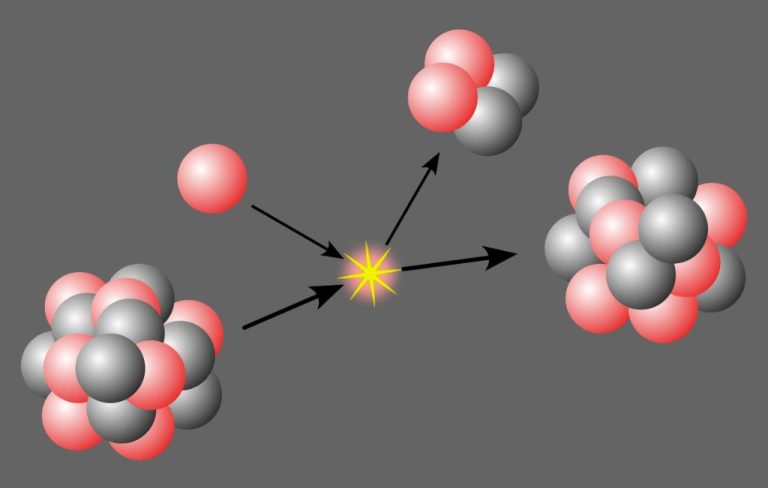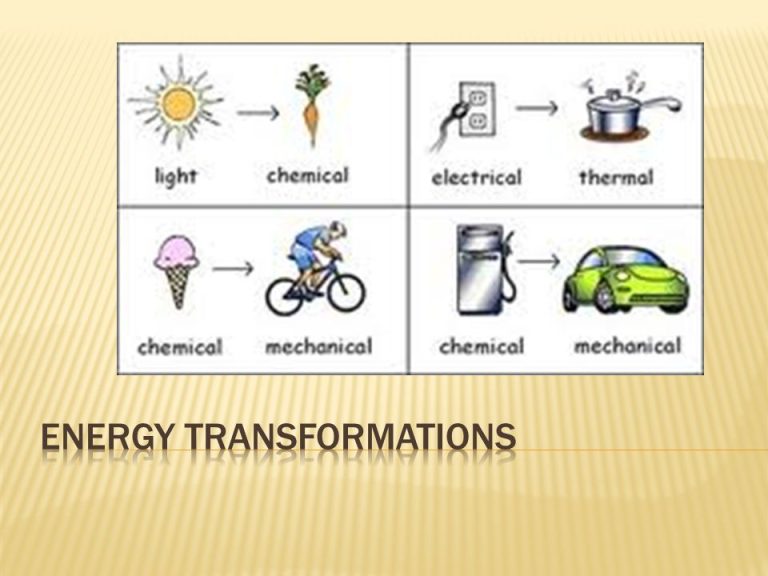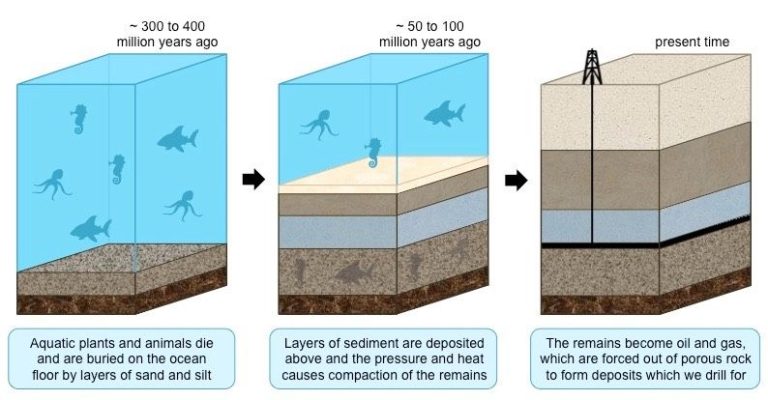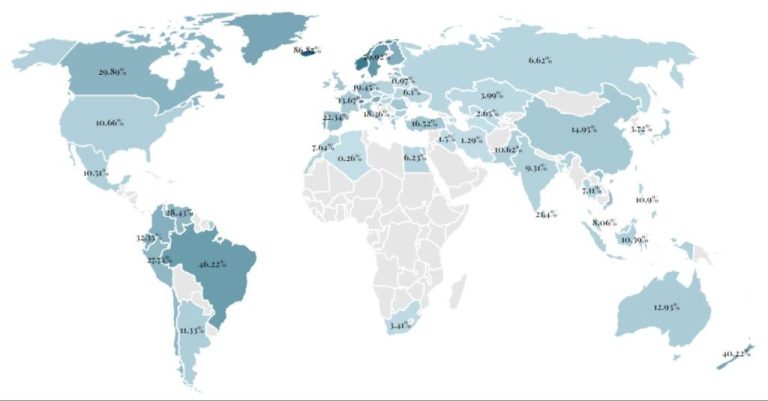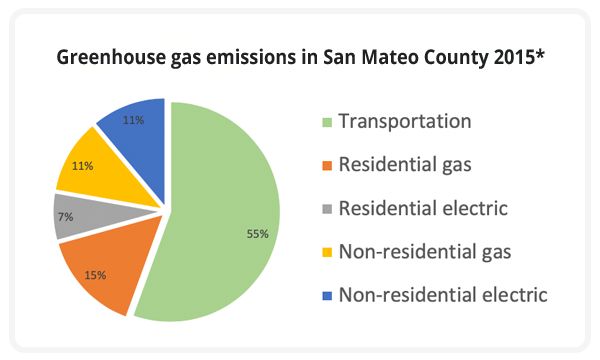What Are The Potential And Challenges Of Ethiopian Energy Production?
Ethiopia is the second most populous country in Africa and one of the fastest growing economies on the continent. However, only about 40% of Ethiopians have access to electricity. The Ethiopian government has set ambitious goals to increase electricity access to 100% by 2025 through investment in renewable energy sources like hydropower, solar, wind and geothermal.
Ethiopia has abundant potential for renewable energy production, especially hydropower. The country could produce over 45,000 MW from hydropower alone. Developing Ethiopia’s renewable energy capabilities can spur economic growth and improve living standards for its rapidly growing population. However, balancing energy development and environmental sustainability remains a major challenge.
Hydropower Potential
As the source of the Blue Nile River and home to other major river systems, Ethiopia has tremendous potential for hydropower production. The country’s mountainous topography provides ideal conditions for building dams and generating electricity from falling water. Ethiopia has an estimated 45,000 megawatts of hydropower potential, the second highest in Africa after the Democratic Republic of the Congo. However, so far only about 2,000 megawatts have been utilized, representing just a fraction of the country’s capabilities.
The Blue Nile River accounts for most of the Nile’s water, arising from Ethiopia’s Lake Tana before flowing into Sudan and eventually Egypt. Several planned dams along the Blue Nile and its tributaries are expected to substantially boost Ethiopia’s hydroelectric generation. The country’s hydropower potential ranks among the top ten countries worldwide, yet remains largely untapped. With the right investments and infrastructure, hydropower could play a major role in expanding energy access and supporting economic growth across Ethiopia.
Developing Hydropower
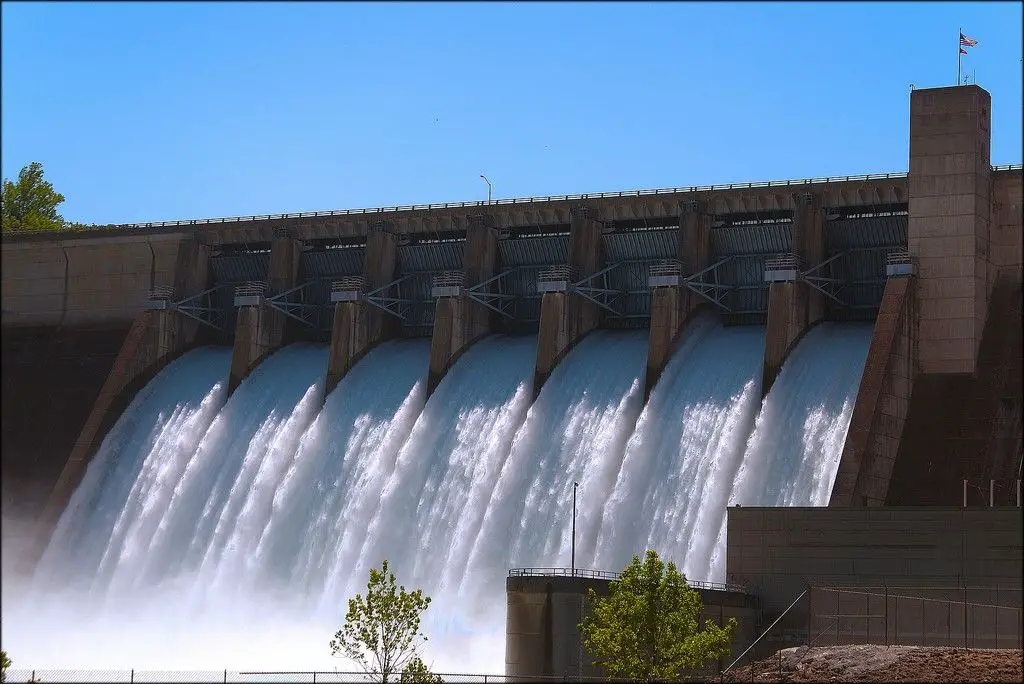
Ethiopia is making major investments into hydropower infrastructure to tap into its vast potential. The country is currently constructing the $4 billion Grand Ethiopian Renaissance Dam, which will be the largest hydropower plant in Africa once completed. This massive dam on the Blue Nile River will have a generating capacity of 6,450 megawatts, providing much needed electricity for Ethiopia and energy exports to neighboring countries.
In addition to the Grand Renaissance Dam, other hydropower projects underway include the 2,160 megawatt Koysha Dam and 1,968 megawatt Genale Dawa 3 Dam. Ethiopia aims to increase hydropower generation from the current 4,180 megawatts to 17,300 megawatts by 2022. Leveraging its natural advantages in hydropower resources from major rivers could make Ethiopia an energy exporter and net foreign exchange earner. However, developing dams and hydropower infrastructure requires substantial upfront investments.
Benefits of Hydropower
Ethiopia’s vast hydropower potential provides a range of benefits if developed responsibly. Hydropower offers a clean, renewable source of energy that can provide electricity access to millions of Ethiopians currently living without power. Unlike fossil fuels, hydropower does not directly emit greenhouse gases or air pollution. Expanding hydropower capacity would help Ethiopia transition away from unsustainable biomass and move towards clean energy.
In addition to meeting domestic electricity needs, hydropower presents major export opportunities. Ethiopia has already started exporting electricity to neighboring countries, earning valuable foreign currency. With further investments in transmission infrastructure, Ethiopia could sell electricity across East Africa, the Middle East and Asia. Hydropower exports provide an engine for economic growth, creating jobs and generating government revenue to fund development programs.
Carefully planned hydropower projects also offer downstream benefits like irrigation for agriculture and flood control. Overall, hydropower represents a strategic opportunity for Ethiopia to grow its economy, expand electricity access, transition to renewable energy and reduce emissions – if executed in a responsible and sustainable manner.
Environmental Concerns
The development of hydropower has raised environmental concerns with respect to its impact on ecosystems and indigenous communities near dam sites. The construction of large dams can lead to destruction of landscapes, loss of forests and wildlife habitats, and displacement of communities. For example, the construction of Ethiopia’s controversial Gibe III dam displaced indigenous tribes and threatened Lake Turkana, the world’s largest permanent desert lake. The lake provides essential water supplies for hundreds of thousands of indigenous people and rich animal life. Overall, while dams provide clean energy, they can damage river ecosystems, biodiversity and the livelihoods of local communities through flooding of land and disruption of natural water flows.
Geothermal Potential
Ethiopia has enormous potential to generate geothermal power due to the East African Rift system that runs through the country. There are identified geothermal resources capable of producing over 10,000 megawatts of electricity. The Corbetti and Aluto-Langano geothermal fields have estimated capacities of 5,000 megawatts and 450 megawatts respectively. Additional undiscovered geothermal sites are thought to exist along the Rift Valley, suggesting the country could produce far more geothermal power.
With substantial investments and development, geothermal energy could provide clean, renewable electricity helping the country meet its energy needs. The constant availability of geothermal power gives it an advantage over intermittent sources like wind and solar. If utilized, geothermal could play a major role in expanding energy access across Ethiopia.
Developing Geothermal
Ethiopia has significant potential for geothermal energy, with estimates of up to 10,000 MW across seven major sites. However, geothermal development requires high upfront investment and technical expertise. The government has partnered with Icelandic companies Reykjavik Geothermal and Mannvit Engineering to explore and develop geothermal resources.
The first geothermal power plant, the Aluto-Langano plant, was commissioned in 1998 with 7.3 MW capacity. In late 2018, the government inaugurated the Corbetti geothermal power plant, which will generate 10 MW upon completion. Several other sites are under exploration and development, including the Tulu Moye project with an estimated capacity of 70-100 MW.
To further expand geothermal, the government aims to attract private investment through public-private partnerships as well as funding from development banks. Training programs are also underway to build local expertise in geothermal technology and operations. If successful, geothermal could provide stable, reliable baseload power to complement hydro and other renewables in Ethiopia’s energy mix.
Solar and Wind Potential
Ethiopia has areas with good solar and wind resources that could be harnessed for energy production. The northeastern, eastern, and southeastern parts of the country receive strong winds while the lowlands and areas along the Rift Valley have high solar irradiation. Studies estimate Ethiopia’s wind energy potential at about 1000 GW and its solar energy potential at about 10,000 TWh per year. Both wind and solar power capacities have grown in recent years, albeit from a low base. As of 2020, Ethiopia had about 324 MW of installed wind capacity and 16 MW of solar capacity. With abundant solar and wind resources available, scaling up investments in these technologies represents a major opportunity for Ethiopia’s renewable energy future.
Barriers to Renewables
Despite Ethiopia’s vast potential for renewable energy, there are significant barriers to developing these resources. Two major obstacles are lack of infrastructure and financing limitations.
Developing large-scale renewable energy projects requires major investments in infrastructure like roads, transmission lines, and connections to the national grid. Much of Ethiopia lacks this key infrastructure to support new energy projects. Building the necessary infrastructure entails high upfront costs that can deter investors and developers.
Even when suitable sites are identified, developers still face challenges securing financing for renewable energy initiatives. Interest rates in Ethiopia are prohibitively high, making it difficult to obtain affordable commercial loans. Renewable projects also struggle to get backing from risk-averse local banks. The lack of financing options hampers the growth of the renewable energy sector.
Overcoming these barriers of insufficient infrastructure and limited financing is essential for Ethiopia to tap into its wealth of renewable resources. Targeted investments, partnerships, and policy incentives can help address these obstacles over time. But for now, they remain significant challenges to realizing Ethiopia’s full potential for clean energy production.
The Road Ahead
Ethiopia has an abundance of renewable energy resources that could help power its development and provide electricity access for its population. The country has significant potential for hydropower, geothermal, solar, and wind energy. However, developing these resources in a sustainable way while minimizing environmental and social impacts presents challenges.
With the right policies, investments, and technologies, Ethiopia can tap its renewable resources to meet rising electricity demand and achieve its development goals. The country will need to balance expanding energy access with protecting vulnerable ecosystems and communities. Sustainable hydropower schemes, geothermal plants, and solar/wind farms can be implemented through careful siting, design, and management.
By pursuing diverse energy solutions, improving energy efficiency, welcoming international expertise and financing, and prioritizing sustainability, Ethiopia can meet its energy needs while safeguarding its natural and cultural heritage. With abundant renewable resources and strategic planning, the country can achieve broad-based development powered by clean, affordable electricity.

